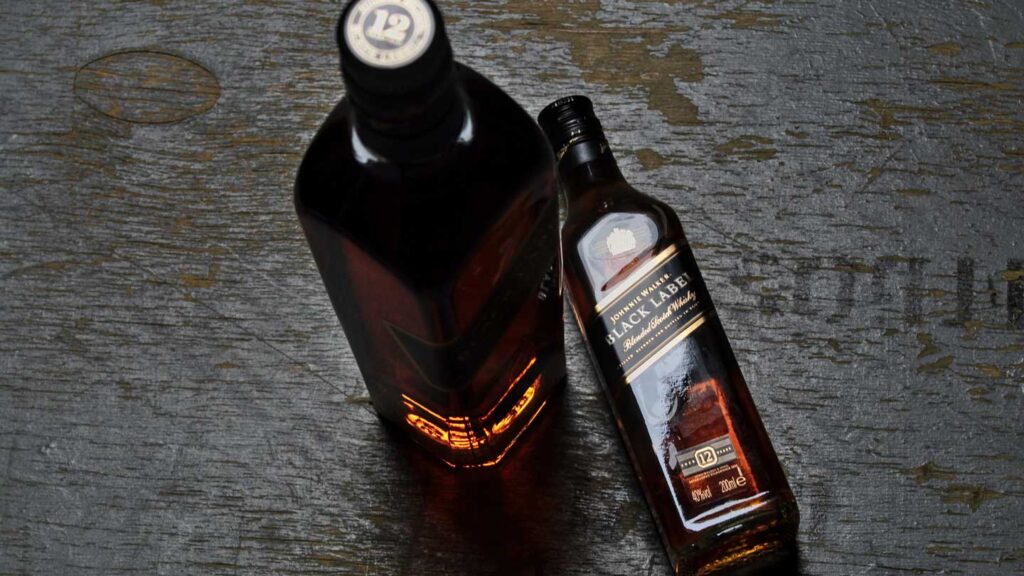Laser etching glass creates a slick, frosted finish that looks fantastic on glass surfaces. Wine glasses, mugs, vases, wine bottles, and various other items may all be laser etched.
When a laser hits the glass, it creates a frosted look. While the frosted effect is appealing, the laser may sometimes produce roughness. Before you look online at ‘where can I engrave a bottle‘, here are some tips to consider getting the perfect laser etching you desire.
#1. Glass Types
Before laser etching a product, the first thing to consider is the kind of glass to use. Because it includes a lot of lead, crystal isn’t suitable for laser engraving. The lead will hold the heat from the laser, resulting in uneven engraving.
The composition and quality of any glass vary, and the impact of the laser on the glass cannot always be predicted. Always try out a new kind of glass before engraving it for the first time. You’ll know how the glass will respond if you test it beforehand, and you’ll be able to change the settings appropriately.
#2. Speed of Engraving
Because flat glass has a constant hardness throughout, engraved regions will not have bright and dark patches. Because bottles often contain soft and firm areas, the custom engraved wine bottles may look softly frosted in one portion and highly frosted in another.
You should engrave at medium speed with high power to compensate for inconsistencies in some glass. This will help to compensate for the glass’s irregularities.
#3. Reduce the DPI
Because it engraves the dots further apart, a lesser resolution, such as 300 dots per inch (DPI), will give a better finish on glass. You won’t see that the picture being engraved was produced at a reduced quality. Still, it will result in a better outcome and avoid rough etched glass.
#4. Grayscale
We recommend etching into glass in a grayscale of 80%. This reduces the intensity of the black in the picture you’re etching. The effect will be smoother because the laser won’t be engraving as deeply as it would at 100% black.
#5. Using A Mask
Masking is optional; some adore it, while others avoid it entirely. Before engraving, mask the engraving area with a thin, damp piece of newspaper or paper towel that is somewhat bigger than the engraving area. This aids in the dissipation of heat, which may lead to chips or uneven glass surfaces. If the paper is not perfectly flat, the glass will not etch effectively.
#6. Dishwashing Soap
Dish soap is another technique that some people find helpful, but not everyone does. Applying a thin layer of liquid dish soap to the area to be engraved (like the masking technique) would disperse the heat produced by the laser, preventing harsh glass edges.
#7. Glossing
This is a technique that you may apply once you’ve etched the glass. This will eliminate those pesky glass shards for good. If you’re engraving anything for a client, this is a crucial step to do.
Hopefully, these suggestions will give you the confidence you need to etch glass.



